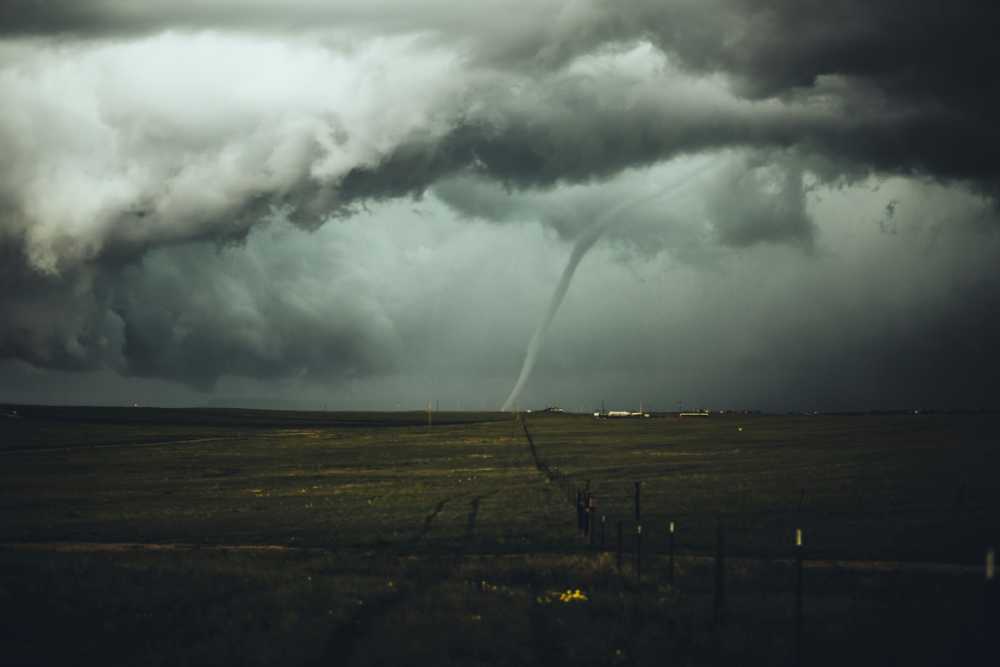Understanding the Nature and Impact of Hurricanes
Hurricanes are formidable tropical storms manifest as circular weather systems characterized by intense winds and heavy rainfall. These storms can lead to significant structural damage, flooding, and loss of life in coastal regions.
Known as typhoons or cyclones in different parts of the world, the terms are synonymous with hurricanes but differ in the areas they affect. For example, the same type of storm is referred to as a hurricane in the Atlantic and Northeast Pacific, a typhoon in the Northwest Pacific, and a cyclone in the South Pacific and Indian Ocean.
Hurricanes often begin as tropical disturbances in the ocean, and as they gather strength, they can become either a tropical depression, tropical storm, or eventually a hurricane. The evolution of these weather systems is influenced by various natural conditions, making them a subject of extensive study in meteorology.
Contents
Formation Process
The formation of hurricanes, commonly called cyclogenesis, involves unique conditions that align to create these powerful storms. One must consider the critical role of sea surface temperatures to understand how do hurricanes form.
Ocean waters exceeding 26.5°C (80°F) provide heat and moisture to fuel storm development. The atmosphere absorbs this energy from warm waters, leading to the creation of cumulonimbus clouds and thunderstorms.
As these thunderstorms converge, the Coriolis effect, due to the Earth’s rotation, initiates the spin needed to form a cyclone. The updrafts and downdrafts within the thunderstorm clouds facilitate the development of a low-pressure system at the surface, further consolidating the storm.
The system is officially classified as a hurricane once wind speeds reach 74 mph or greater. Meteorologists use various tools, including satellite imagery and computer models, to track and predict the formation and trajectory of these storms.
Factors Influencing Hurricanes
Several environmental factors influence the intensity and path of hurricanes. Ocean temperatures are a primary driver, as warmer waters provide more energy for storm development. Additionally, atmospheric moisture levels play a crucial role; higher humidity can enhance the storm’s power.
Wind patterns also significantly affect hurricanes. Vertical wind shear, which refers to changes in wind direction and speed with height, can either aid or inhibit storm development. Low wind shear allows the storm to organize and strengthen, while high wind shear can disrupt its structure. Furthermore, high-pressure systems in the atmosphere can guide or block a hurricane’s path, influencing where it will make landfall.
Hurricane Categories and Scales
The Saffir-Simpson Hurricane Wind Scale, which goes from Category 1 to Category 5 depending on sustained wind speeds, is used to classify hurricanes. This scale helps assess the potential damage and flooding a hurricane can cause.
A Category 1 hurricane, with winds between 74-95 mph, may result in some damage to roofs, trees, and power lines but is generally manageable. In contrast, a Category 5 hurricane, with winds exceeding 157 mph, can cause catastrophic damage, destroying homes, uprooting trees, and leading to severe flooding.
Understanding the category of an impending hurricane is crucial for emergency preparedness and response planning. This classification system helps authorities issue necessary warnings and evacuations to minimize loss of life and property damage.
Historical Hurricanes
Several hurricanes have left indelible marks on the regions they struck. One of the most notable examples is Hurricane Katrina, which devastated the U.S. Gulf Coast in 2005. With winds reaching up to 175 mph, Katrina caused unprecedented damage, flooding New Orleans and resulting in over 1,800 deaths. The storm’s aftermath highlighted the critical importance of disaster preparedness and resilient infrastructure.
Another significant hurricane was Hurricane Maria in 2017, which wreaked havoc on Puerto Rico. The Category 5 storm caused widespread electricity outages, water shortages, and extensive damage to homes and businesses. Studying these historical events helps scientists, policymakers, and communities better prepare for future storms and understand the long-term impacts of such natural disasters.
Preparedness and Safety
The secret to lessening the effects of hurricanes is preparation. Several action levels are necessary for effective preparedness, ranging from plans for individual households to community-wide initiatives.
First, people should make emergency plans, including evacuation routes, communication plans, and supply kits with necessities like food, water, medicine, and critical documents. Securing properties by reinforcing roofs, windows, and doors can also prevent structural damage.
Community-level preparedness involves coordination among local authorities, emergency services, and organizations to ensure that evacuation orders are timely and effective shelters are available. Creating awareness through educational programs and drills can also equip residents with the knowledge they need to act swiftly in the event of a hurricane.
Staying informed through reliable weather updates, such as those provided by the National Hurricane Center, can help communities and individuals make informed decisions during hurricane season.
Climate Change and Hurricanes
The relationship between climate change and hurricanes is a topic of extensive research. Rising global temperatures due to climate change contribute to warmer ocean waters, which in turn can increase the frequency and intensity of hurricanes. Warmer waters provide more heat energy, potentially leading to stronger storms.
Additionally, changing weather patterns can affect the distribution and path of hurricanes. As the climate changes, scientists observe shifts in storm tracks and intensities. Understanding these changes is critical for developing adaptive strategies to protect vulnerable coastal regions. Continuous research and monitoring are essential to predict future hurricanes’ behavior in a changing climate.
Future Prospects and Research
Ongoing research in meteorology is crucial for improving our understanding and prediction of hurricanes. Advances in technology, such as enhanced satellite imagery, computer modeling, and data analysis, are helping scientists make more accurate forecasts. These tools allow for better storm formation, intensity, and path tracking, providing valuable information for emergency preparedness and response.
Researchers are also studying the impacts of climate change on hurricane behavior, aiming to develop models that can predict future trends. Collaboration between scientists, policymakers, and communities is essential to create effective strategies for mitigating the impact of hurricanes.
By investing in research and innovation, we can better anticipate and respond to these powerful natural events, ultimately protecting lives and property.

